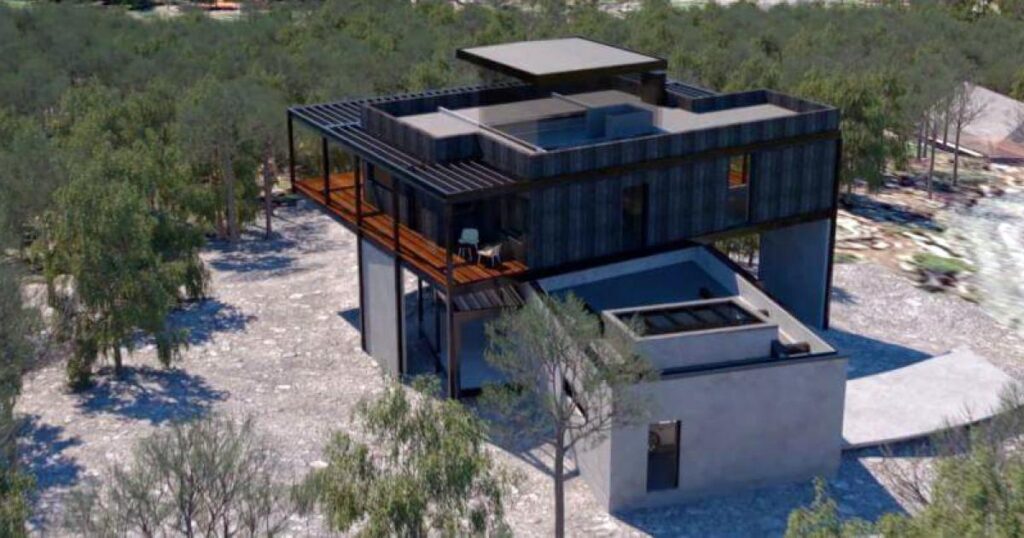
Building a house is an exciting journey that allows you to create a living space tailored to your needs and preferences. However, it can also be a significant financial undertaking. Effective budgeting is crucial to ensure your dream home becomes a reality without breaking the bank. In this article, we will provide practical budgeting tips for success while emphasizing the importance of rita eget hus draw your own house and ritning på hus – drawing of a house in the planning process.
Key Budgeting Tips for Your Home Construction
1. Set a Realistic Budget
Before diving into the details of your construction project, establish a realistic budget. Consider the following factors:
- Research Costs: Gather information on average costs per square foot in your desired area, accounting for land acquisition, materials, labor, and permits.
- Create a Range: Instead of a fixed number, create a budget range to accommodate fluctuations in costs. This will give you flexibility without compromising your vision.
2. Prioritize Your Needs and Wants
Differentiate between essential features and nice-to-have amenities. This will help you allocate your budget more effectively:
- Must-Haves: Identify non-negotiable aspects of your home, such as the number of bedrooms, bathrooms, and essential appliances.
- Nice-to-Haves: List additional features that would enhance your living space, like high-end finishes or landscaping. You can always add these later if the budget allows.
3. Invest in Detailed Planning
One of the most crucial steps in budgeting for your home is investing time in detailed planning. Creating a well-thought-out plan will help you anticipate costs and avoid surprises:
- Use Professional Help: Consider hiring an architect to help you create detailed ritning på hus – drawing of a house. This ensures accuracy in your design and helps identify potential issues before construction begins.
- Draft Your Own Plans: If you prefer a hands-on approach, you can rita eget hus – draw your own house. Online tools and software can assist you in designing your dream home, allowing you to visualize your ideas more clearly.
4. Include All Potential Costs
When budgeting, consider all potential costs beyond just the construction expenses:
- Permitting and Fees: Research and budget for permits, inspections, and fees associated with your construction project.
- Site Preparation: Account for land clearing, excavation, and any necessary grading to ensure your site is ready for building.
- Utilities and Infrastructure: Don’t forget to include costs for connecting to utilities such as water, electricity, and sewage.
5. Establish a Contingency Fund
Unexpected expenses can arise during construction, so it’s essential to have a contingency fund:
- Set Aside 10-20%: Allocate 10-20% of your total budget for unexpected costs. This fund will provide peace of mind and help you handle surprises without derailing your project.
6. Choose Quality Over Quantity
While it may be tempting to cut corners to save money, investing in quality materials and skilled labor can save you money in the long run:
- Durability: High-quality materials may have a higher upfront cost but often require less maintenance and replacement over time.
- Experienced Contractors: Hiring reputable contractors ensures that your project runs smoothly, reducing the likelihood of costly errors and delays.
7. Monitor Your Budget Throughout the Process
Keep track of your expenses as construction progresses:
- Regular Check-Ins: Schedule regular budget reviews to compare actual costs with your initial budget. This allows you to make adjustments as needed and avoid overspending.
- Stay Organized: Keep all receipts and invoices organized for easy tracking. This practice will help you stay accountable and aware of your spending.
Conclusion
Building your dream home is a fulfilling experience, but it requires careful budgeting to ensure success. By setting a realistic budget, prioritizing your needs, and investing in detailed planning—such as creating a ritning på hus drawing of a house and using tools to rita eget hus – draw your own house—you can navigate the construction process with confidence.
By following these budgeting tips and remaining proactive throughout the project, you can create a beautiful and functional home that meets your vision and stays within your financial means. Happy building!